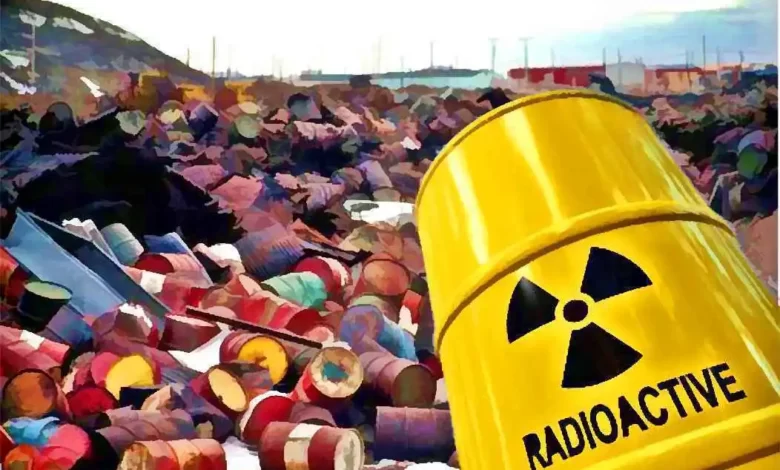Education
HAZARDOUS WASTE: MANAGEMENT AND TREATMENT

Hazardous wastes refer to wastes that may, or tend to, cause adverse health effects on the ecosystem and human beings.
- Identification
- By using either or both of the following criteria, we can identify whether or not a waste is hazardous:
- The list provided by government agencies declaring that substance as hazardous.
- Characteristics such as ignitibility, corrosivity, reactivity and toxicity of the substance.
HAZARDOUS WASTE TREATMENT AND MANAGEMENT
- Physical treatment: Physical treatment methods are used to remove, separate and concentrate hazardous and toxic materials. For example, evaporation or filtration can be used to separate a liquid from dissolved or suspended solids.
- Chemical Treatment Methods: Chemical treatment of wastes will help us to transform highly hazardous waste to lesser hazardous nature. Chemical treatment also helps us to recover valuable bi-products from Hazardous wastes, thus by reducing overall costs of the disposal of wastes.
- Recycling: Some hazardous wastes can be recycled into new products. Examples may include lead-acid batteries or electronic circuit boards.
- Incineration: Incineration can be regarded as a pre-treatment of hazardous waste, prior to the final disposal. It includes both the burning of mixed solid waste or the burning of selected parts of the waste stream as a fuel.
- Pyrolysis: This is defined as the chemical decomposition or change brought about by heating in the absence of oxygen. This is a thermal process for the transformation of solid and liquid carbonaceous materials into gaseous components and the solid residue containing fixed carbon and ash.
- Composting: The principles involved in composting organic hazardous wastes are the same as those in the composting of all organic materials, though with moderate modifications. The reaction is that certain types of hazardous waste molecules can be degraded by only one or a very few microbial species, which may not be widely distributed or abundant in nature.
- Landfills: Landfills are excavated or engineered sites where non-liquid hazardous waste is deposited for final disposal and covered. These units are selected and designed to minimize the chance of the release of hazardous waste into the environment. Design standards for hazardous waste landfills require Double liner; Double leachate collection and removal systems; Leak detection systems; Run on, run off, and wind dispersal controls; Construction quality assurance programs.
INTEGRATED WASTE MANAGEMENT (IWM)
Is a holistic, integrated system and process of management aimed at prevention and minimization at source, managing the impact of waste on the receiving environment and remediating impacted environments. It integrates waste management for maximum efficiency and minimal impacts and financial costs. It aims at planning the management of waste in advance in an environmentally responsible way from its generation until its final disposal.
PRIORITIES OF INTEGRATED WASTE MANAGEMENT
- The first priority targets large industries and attempts to reduce the overall waste produced at the source.
- The second priority involves educating and encouraging people to buy reusable products, repair broken items, recycle, reuse products and compost.
- The third priority is very different from the first two and focuses solely on waste management.
To Read about Solid Waste click here.




